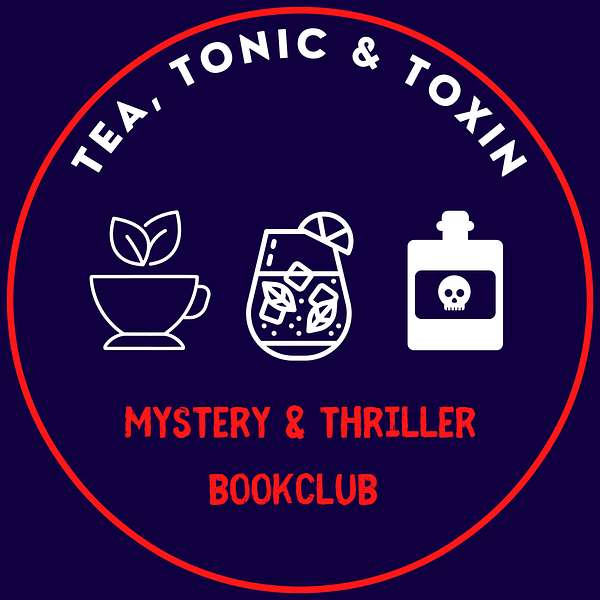
Tea, Tonic & Toxin
Tea, Tonic & Toxin
The Big Bow Mystery, part 1!
Set in London’s working-class East End, this 1892 book is one of the earliest examples of the locked-room mystery genre. In The Big Bow Mystery, two detectives race to solve a murder, an innocent man is condemned, and only at the very end is the startling solution revealed.
Locked Room Mysteries. The Big Bow Mystery is generally seen as the first locked room mystery novel. In a locked room mystery, a crime is committed in a room locked from the inside. How could any murderer have committed the crime and then escaped? It seems impossible. Writers have developed many ingenious solutions to locked room murders, but Israel Zangwill took the locked room device to a new level.
Dickensian Influence. The novel’s style is reminiscent of Dickens, including the use of funny character names, such as Edward Wimp and Mrs. Drabdump. The book also highlights the lot of the working man and the fight for workers’ rights. Like Bleak House, the book even begins with a description of a dense morning fog …
Humor. Zangwill has a dry wit. In the intro, he called the book’s humor too abundant and that “Mysteries should be sedate and sober. There should be a pervasive atmosphere of horror and awe such as Poe manages to create.” Do you agree?
Comparisons with Fergus Hume’s Mystery of a Hansom Cab (1886). Big Bow opens with an inquest, followed by press frenzy, public speculation, and proposed solutions in letters to the editor. Jessie Dymond may save Tom from the gallows if she can be found in time (much as Sal Rawlins saves Brian Fitzgerald in Hansom Cab).
All the Theories. The book was serialized in The Star, a popular paper known for sensationalizing Jack the Ripper’s Whitechapel murders (1888-91). The burning question in Big Bow: how did the murderer commit the crime? Various theories are suggested in the book, including:
- Small monkey with a razor came down the chimney
- Removal and replacement of a windowpane cut with a diamond
- Door panel sliced and replaced
- Powerful magnets used to turn the key and push the bolt
- Secret passages and trapdoors
- Arthur Constant swallowed the razor he used to cut his own throat
- The murderer hid and escaped when the door was broken down
- The murderer got in when Grodman and Mrs. Drabdump entered
- Wimp’s theory: the broken bolt and a loose key (or key on the floor)
Rival Detectives. Two rival detectives try to solve the case. Here, we have retired policeman George Grodman and Inspector Edward Wimp of Scotland Yard. When Wimp shows up at a liberal rally to arrest Tom Mortlake, the narrator says, “Wimp had won; Grodman felt like a whipped cur.”
Several books we’ve read (The Mystery of a Hansom Cab and A Study in Scarlet) have focused on the rivalry between detectives. Did this trope develop during this time period? Is it still common in detective novels? Who are your rivals?
https://www.instagram.com/teatonicandtoxin/
https://www.facebook.com/teatonicandtoxin
https://www.teatonicandtoxin.com
Stay mysterious...